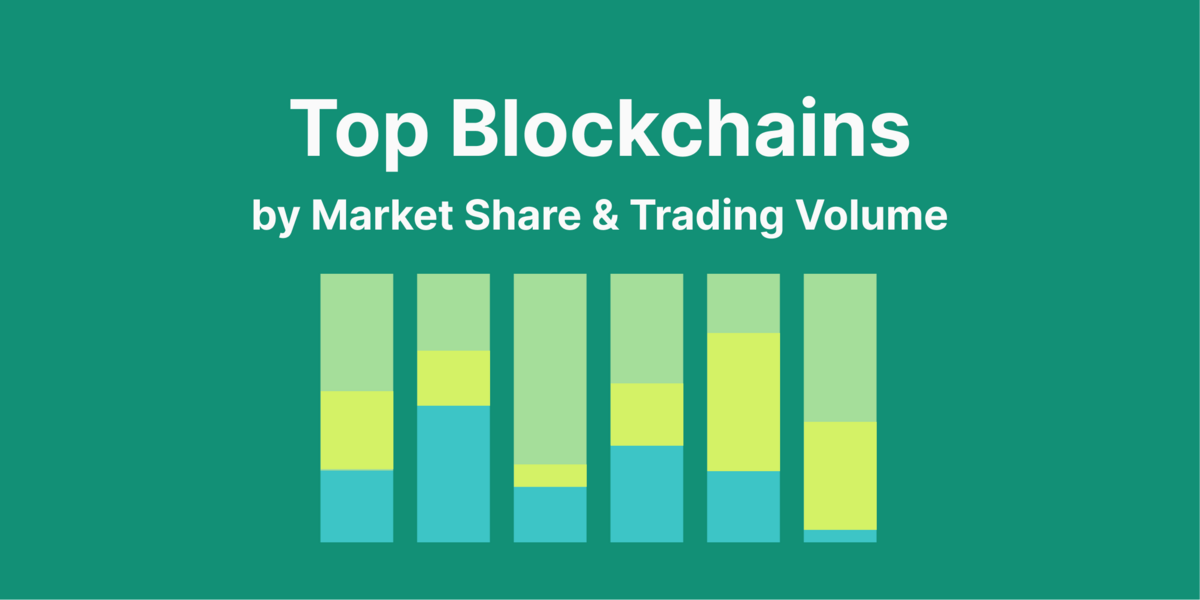What Is opBNB?
opBNB is a Layer 2 scaling solution for the BNB Chain. It is built on the OP Stack, and will offer users faster and cheaper transactions through optimistic rollups.
Key Takeaways
-
opBNB is an optimistic rollup network built to scale BSC. It is meant to take the bulk of the workload away from the mainnet and enable the whole network to perform better against increased demand. It uses a sequencer for transactions and a Batcher to package them into batches.
-
opBNB network attempts to achieve high throughput without sacrificing security by contracting the main network (BSC) for the final validation of transactions performed on its execution layer. A verifier is used to ensure the integrity of these transactions.
-
opBNB mainnet has launched after spending over a month in the testing phase, and the mainnet is now open to the general public as of 13 September 2023.

A majority of Layer 2 scaling solutions operate on the Ethereum network, but, opBNB will attempt to scale a different network – The BNB Smart Chain (BSC).
The opBNB mainnet went live on August 16, 2023. The initial launch was open to infrastructure providers first, and the network is now open to general access as of 13 September 2023.
Today, we're launching the opBNB mainnet!
— BNB Chain (@BNBCHAIN) September 13, 2023
Our Layer 2 solution is now fully released to the public, allowing for lightning-fast transactions and super-low fees! ⚡
Let's dive deeper into the incredible benefits this brings to BSC 🧵[1/6]https://t.co/vRK7Pbyk4b pic.twitter.com/hqxt3ChsR4
The mainnet launch comes after one and half months of testing, during which the testnet reportedly processed over 35 million on-chain transactions from over 435,000 unique wallets, with 150+ dApps deployed on the testnet.
What is the BNB Smart Chain (BSC)?
BSC is an EVM-compatible Layer 1 network. BSC was created at the height of the Ethereum network’s scalability woes, presenting users with an alternative from the congested Ethereum network by developing a network compatible with the Ethereum network.
BSC separates the execution and consensus layers of the Ethereum network and attempts to develop a more agile network by building a more energy-efficient consensus layer to work with the adopted execution layer. The BSC network used the Proof of Stake (PoS) consensus algorithm, while the Ethereum network was still using the Proof of Work (PoW) consensus algorithm at that point in time. Ethereum would eventually transform into a PoS network following the Merge.
The difference in the consensus system and a few other modifications made BSC significantly faster than the Ethereum blockchain. By operating a virtual machine similar to Ethereum’s virtual machine and smart contract language, BSC supports applications built using the Ethereum network’s infrastructures.
Developers on Ethereum can build new applications or deploy their existing applications to the BNB Smart Chain without learning a new language or making any major changes to the application's codebase. BSC is a sovereign network but can communicate with Ethereum and other compatible networks like Fantom and Polygon via independent bridges.

Source: Artemis
BSC has seen quite a good level of adoption; according to data from Artemis, it records a consistently higher amount of transactions daily when compared to Polygon, Fantom, and Ethereum. A daily average of 1.2 million active addresses makes it one of the most active blockchain networks.
To further scale the BSC network, opBNB was developed.
opBNB: Optimistic Layer 2 Rollup for BSC
With opBNB launching its mainnet, it promises developers and users an improved experience compared to what is obtainable on the BSC network, particularly when it comes to large scale Web3 applications that demand high transaction volumes and intensive daily active users. This overload results in high gas fees and lowered network responsiveness, leading to the need for a Layer 2 to improve throughput. According to the team, BNB is designed for over 4,000TPS and transactions on opBNB could cost as little as $0.0005, based on the testnet.
BSC developed the opBNB network not only to augment the main network but to function as a standalone execution environment. This means applications can launch on opBNB and not deploy on the mainnet at all. Likewise, applications on BSC can deploy on the L2 network, along with other applications that were previously deployed on EVM compatible L1 and L2 networks. Also, because the main network oversees the final validation of transactions on opBNB, opBNB is as secure as BSC.
opBNB was developed using the OP Stack, which is a modular optimistic rollup framework that can be used to develop scaling solutions for different blockchain networks. The OP Stack is a set of pre-developed components, just like a SD Kit which can be used by teams looking to build a rollup solution.
Characteristics of opBNB
Here are some features of the opBNB network:
Scalability
Layer 1 blockchains like BSC and Ethereum handle all the core functions of blockchain operations (execution, consensus, settlement, data availability) at the network level. This means that there is a risk of network congestion during peak periods or spike in traffic, which results in high transaction fees, slow transactions, and poor user experience.
Layer 2 networks are an execution layer built on top of the main network to enable scalability, offering users lower fees and faster transactions. In the case of opBNB, it utilizes optimistic rollups, where transactions that take place on opBNB are rolled up into a single transaction before being submitted to BNB.
Interoperability
As opBNB is built on the OP Stack, it is interoperable with other Layer 2 platforms that utilize the OP Stack, such as Optimism and potentially Base. Moreover, opBNB’s EVM compatibility and support for Solidity helps to create an open and collaborative system across other OP chains, driving innovation.
While it’s not clear whether opBNB will be part of the Optimism Superchain, the fact that it’s built on top of the BNB Chain instead of Ethereum sets it apart from many of the other OP chains.
Secured by the BNB Chain
The BNB Chain is a Proof of Stake network, where validators commit their assets to the network and screen new blocks for possible issues, keeping BSC safe. opBNB taps on this security infrastructure to secure its network, by publishing proof of every transaction executed on its network to the main network.
The main network, through data availability layers, is able to obtain information on the integrity of these transactions at any time. Validators on BSC will screen these data and hash them into the BSC chain if they are devoid of inconsistencies. To successfully overrun the opBNB network, an attacker must also be able to overrun the security system on the BSC network.
These features are enabled by opBNB’s design. Now, how exactly does the network work?
How Does opBNB Work?
opBNB is an optimistic rollup network designed with the OP Stack. It inherits the extra features of the OP stack in addition to what can be achieved with optimistic rollups. According to official sources, opBNB does not have a fault-proof system at time of writing, where a contract is used to validate the accuracy of challenges. This section will focus on what is currently obtainable in opBNB’s architecture.
By virtue of leveraging the OP Stack, opBNB has innate modularity. Being a modular network, operations on the opBNB network function independently, but sync with each other to form a dynamic system. opBNB separates the data availability (DA) layer from the execution layer, where separating the DA layer also enables the selection of different DA options and switching between DA schemes based on the situation.
Optimistic Rollups
Using the optimistic Rollup technology, opBNB arranges transactions executed on its execution layer into batches and sends them for approval on the main network. According to a publication by Ethereum founder – Vitalik Buterin, rollups can package up to ten thousand transactions, prepare and send them on for a one-off validation on the main network. The rollup setup uses pre-state and post-state execution roots to verify changes in the network’s state before and after dispatching a transaction batch. A sequencer is used to arrange blocks in the correct order of reception.
Optimistic rollups are a ‘trust system’, in the sense that they are not designed with a built-in system to ascertain the validity of the rolled-up transaction. This means that optimistic rollups publish the transactions ‘as-is’ to the main network, with the assumption that they contain no malicious block or transaction. It believes in the integrity of the blocks and transactions the batches contain. This way, optimistic rollups are able to achieve faster transaction processing time than zero-knowledge rollups.
However, optimistic rollups have a longer withdrawal period due to having a challenge period of up to seven days. During this challenge period, anyone can challenge the results of a rollup transaction by computing a fraud proof, and if the challenge is successful, the transaction will be re-executed, maintaining the network’s integrity.
Data Availability
As the Layer 1 (BSC) may periodically query the Layer 2 (opBNB) for data on rolled-up transactions, data availability ensures that anyone can easily access and verify transaction data. Moreover, as opBNB is part of the BNB ecosystem, it leverages BNB greenfield, a blockchain and storage platform, to act as a DA layer, further bringing down the cost of transactions.
Final Thoughts
Blockchain networks are evolving in capacity. The usage frequency and purpose for decentralized networks have changed considerably from what they used to be a few years ago. Multiple decentralized applications being used by thousands of people to send hundreds of requests to the blockchain network per minute is the norm today, and this is likely to increase in the near future. Layer 2 solutions are currently the most advanced scaling solutions and while they are bound to get even better in the future, the chances of very different approaches to network scaling could also emerge. But this is generally positive for blockchain technology.
BNB Chain has acclaimed relative efficiency; with the opBNB mainnet now launched, it hopes to improve on this. Even though opBNB functions very similarly with other Layer 2 solutions powered by optimistic rollups, scaling a different network could give it a unique advantage in the space.
Having said this, it will be exciting to see how the new development improves the BSC network. It is also recommended that users apply caution (and financial risk management strategies where due) while using new platforms, as performance could be volatile in the early stages. Also, note that this article is only meant to educate readers on the opBNB network and should not be considered financial advice.

Joel is deeply interested in the technologies behind cryptocurrencies and blockchain networks. In his over 7 years of involvement in the space, he helps startups build a stronger internet presence through written content. Follow the author on Twitter @agboifesinachi





 Or check it out in the app stores
Or check it out in the app stores
